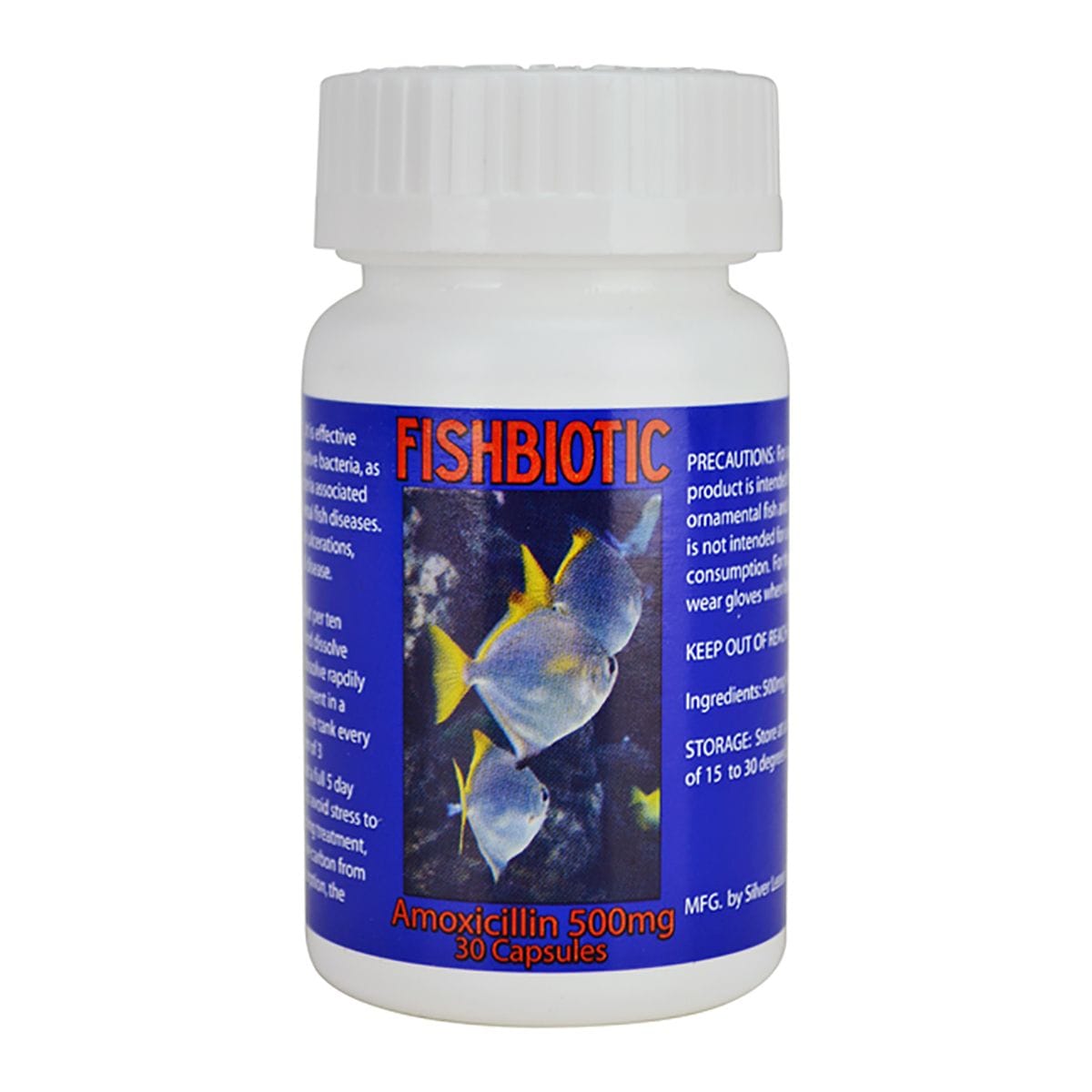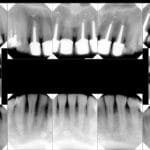This guide provides detailed instructions on using amoxicillin 500mg to treat bacterial infections in aquarium fish. It covers dosage, administration, precautions, and responsible antibiotic use.
Understanding Amoxicillin for Fish
Amoxicillin 500mg is a broad-spectrum antibiotic commonly used to treat various bacterial infections in fish. It’s effective against a wide range of gram-positive and some gram-negative bacteria, making it a versatile tool for aquarium health. However, responsible use is crucial to prevent antibiotic resistance. For further information on another common fish antibiotic, see our guide on fish cephalexin.
Dosage and Administration
Accurate dosage is essential for effective treatment. One common recommendation is one 500mg capsule per 20 gallons of water, repeated after 24 hours. Alternatively, one 250mg capsule can be used per 10 gallons, also repeated after 24 hours. However, these are general guidelines. Fish size significantly influences the appropriate dosage:
- Small Fish: Approximately 1mg per gallon of water.
- Medium Fish: Approximately 5mg per 10 gallons of water.
- Large Fish: Approximately 10mg per 10 gallons of water.
Always consult a veterinarian specializing in aquatic animals for a precise diagnosis and tailored dosage recommendations. They can assess your fish’s specific needs and rule out other potential health issues.
Treatable Diseases
Amoxicillin 500mg can effectively combat various bacterial infections, including:
- Fin and Tail Rot: Degradation of fin and tail tissue.
- Skin Ulcerations: Open sores on the fish’s skin.
- Pop-Eye: Protrusion of one or both eyes.
- Gill Disease: Inflammation and damage to the gills, impairing respiration.
- Columnaris Disease (Cottonmouth): Characteristic white, fuzzy patches.
- Dropsy: Swelling of the body, often indicating underlying problems.
- Infections caused by Aeromonas, Pseudomonas, and Mycobacterium: More challenging infections requiring careful management.
Responsible Antibiotic Use
Overuse of antibiotics contributes to antibiotic resistance, making them less effective over time. Follow these guidelines for responsible amoxicillin use:
- Consult a Veterinarian: Obtain a proper diagnosis and personalized dosage instructions.
- Adhere to Dosage Instructions: Avoid increasing the dosage or treatment duration.
- Avoid Preventative Use: Amoxicillin is a treatment, not a preventative measure.
- Maintain a Healthy Aquarium: Regular water changes, proper filtration, and a balanced diet are crucial for preventing infections.
Additional Considerations
- Water Changes: Regular partial water changes during and after treatment help eliminate the antibiotic from the tank, preventing potential harm to fish and beneficial bacteria.
- Filtration: Activated carbon absorbs medications. Remove activated carbon filters during treatment and reintroduce them afterward to remove residual medication.
- Observation: Carefully monitor fish for any adverse reactions to the medication, though these are rare.
- Available Products: Various brands offer amoxicillin for fish, including Fish Mox, Fish Mox Forte, FishBiotic Amoxicillin, Aqua Mox, and Aqua Mox Forte. Availability and regulations may vary, so consult a veterinarian or aquatic animal health specialist for guidance.
Why Fish Antibiotics Require Caution
Fish antibiotics, while containing similar active ingredients to human medications, are formulated differently and should never be used for human treatment. The dosages, inactive ingredients, and manufacturing standards differ significantly. Using fish antibiotics on humans can lead to ineffective treatment, adverse reactions including severe allergy and drug sensitivity, and further contributes to the rise of antibiotic resistance.
Addressing Antibiotic Resistance
The rise of antibiotic resistance is a complex issue. While responsible aquarium antibiotic use is essential, other factors such as agricultural runoff and wastewater discharge likely contribute significantly. Ongoing research continues to explore effective strategies to combat resistance.
Obtaining Amoxicillin
In the United States and many other countries, amoxicillin for human use requires a prescription. This precaution protects against misuse, potential side effects, and the development of antibiotic resistance. Self-medicating with fish antibiotics or any unprescribed medication is dangerous and potentially harmful. Always consult a qualified healthcare professional for any health concerns.
Ongoing Research and Future Directions
Current research suggests that the battle against antibiotic resistance is far from over. Scientists are actively exploring new approaches, including the development of novel antibiotics and alternative treatment strategies. The way we use antibiotics today directly influences the effectiveness of future treatments. Some research also explores the role of probiotics and prebiotics in promoting fish health and reducing the need for antibiotics. This area holds promise for mitigating the risks associated with antibiotic use.
This guide aims to provide comprehensive information about using amoxicillin 500mg for treating bacterial infections in fish. However, it should not replace professional veterinary advice. Always consult a veterinarian specializing in aquatic animals or an experienced fish health expert for proper diagnosis and treatment recommendations. They can offer the most accurate and up-to-date guidance for your fish’s specific needs.
- Jesus Bible: Discover Jesus’s Story Throughout Scripture - April 27, 2025
- Don Luis: Unraveling the 16th-Century Virginia Mystery - April 27, 2025
- Captain J’s Kauai Tours: Unforgettable Na Pali Coast Adventures - April 27, 2025
















